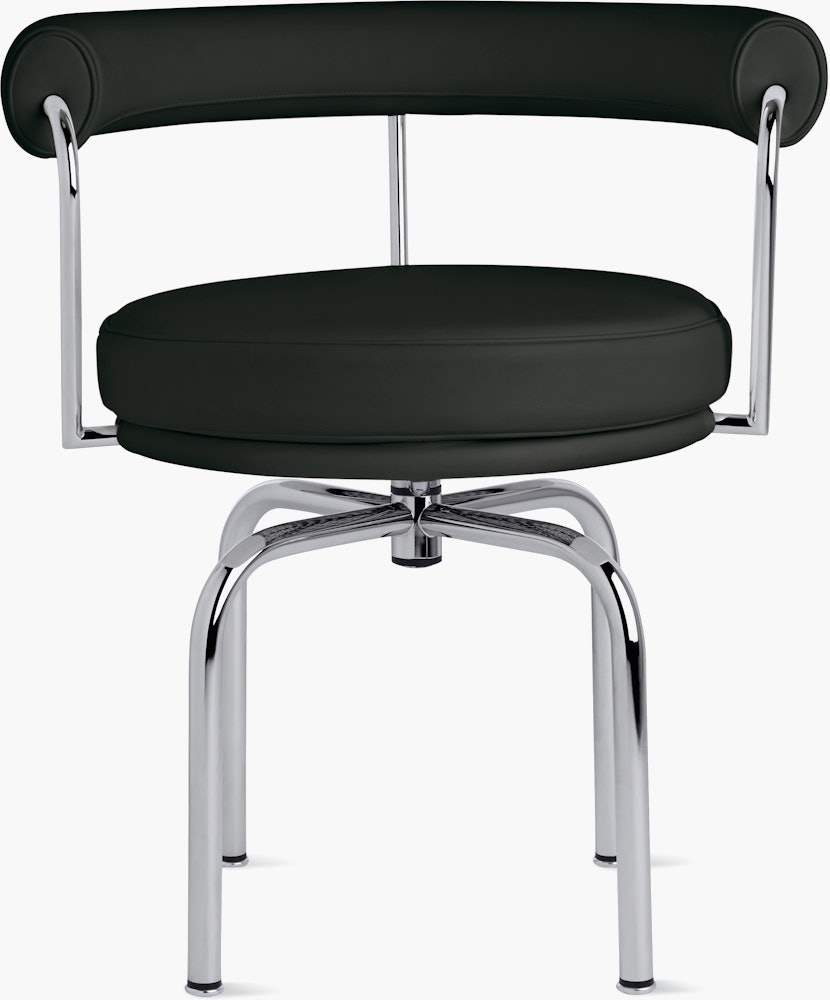LC7 Swivel Chair
LC7 Swivel Chair
Shipping + Delivery
Easy Returns
Not satisfied? Return items within 30 days. Learn More
Design Concierge
Need help designing your space? Learn more about our complimentary interior design services
Authenticity Guaranteed
This is an original, authenticated product.
For the Accessible Home
Supports customers with mobility needs
Warranty
2-year warranty
Terms and conditions apply. Learn more
Details
- Padded swiveling armchair.
- Polished chromed steel base.
- Choice of leather upholstery colors.
- Measure for a perfect fit with our delivery guide: https://www.dwr.com/furniture-delivery-guide.html
- Brand
- Cassina
- General Dimensions
-
- 28¾" H 23⅝" W 22⅞" D
- Product Weight
- 25 lbs
- Assembly
- Comes fully assembled
- Warranty
-
2-year warranty
Terms and conditions apply. Learn more

LC7 Swivel Chair
- Height (in): 28¾
- Width (in): 23⅝
- Depth (in): 22⅞
- Weight (lbs): 25
- Seat Height (in): 19¾
- Chromed steel frame
- Polyurethane foam seat and back cushions
- Full-grain semi-aniline leather upholstery
Charlotte Perriand
Charlotte Perriand got her start as a designer in Le Corbusier's studio, including the first tubular steel designs for systematized furnishings known as “Equipement intérieur de l’habitation.” She designed buildings, interiors, and furniture, notably a prototype kitchen for Le Corbusier’s Unité d’Habitation, the London office for Air France and conference rooms for the United Nations in Geneva.
More on Charlotte Perriand
Le Corbusier
Widely considered one of the most influential architects of the 20th century, Le Corbusier (born Charles-Édouard Jeanneret-Gris) is credited with changing the face of urban architecture, bringing it into the technological age. Connecting architecture with revolution, his legacy demonstrates a strong, if utopian, sense of purpose to meet the needs of a democratic society dominated by the machine.
More on Le CorbusierPierre Jeanneret
It is the fate of history that architect and furniture designer Pierre Jeanneret will be best remembered for his collaborations with his famous cousin, Le Corbusier. The two began their partnership in 1922 with the Villa Besnus outside Paris. This famous familial duo went on to create some of the most esteemed icons of midcentury modernism, including the Villa Savoye in Poissy, France.
More on Pierre Jeanneret

